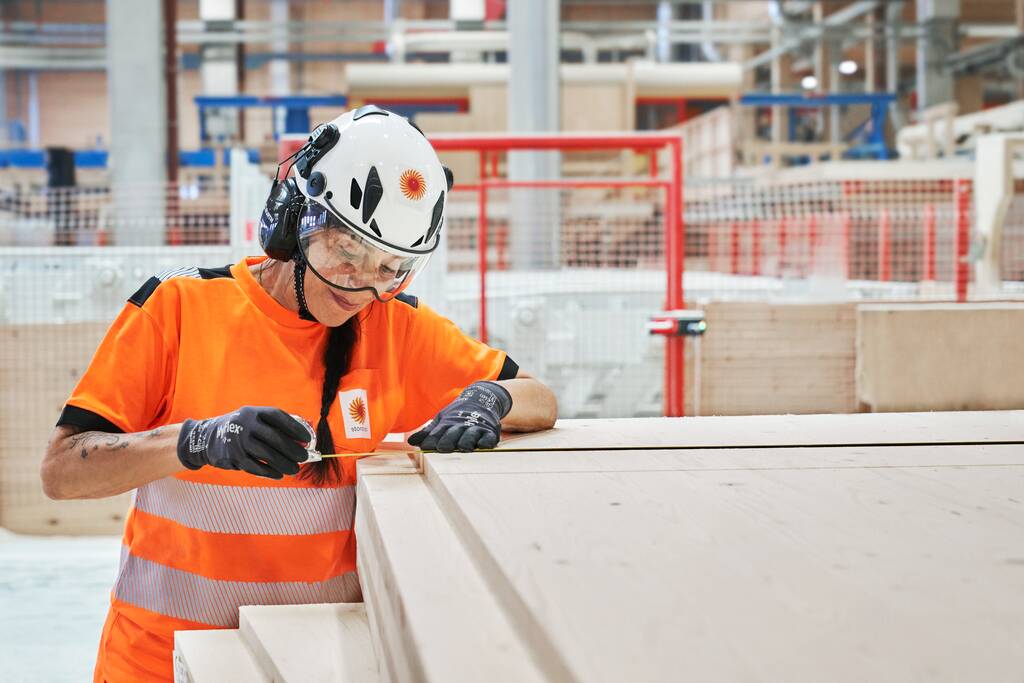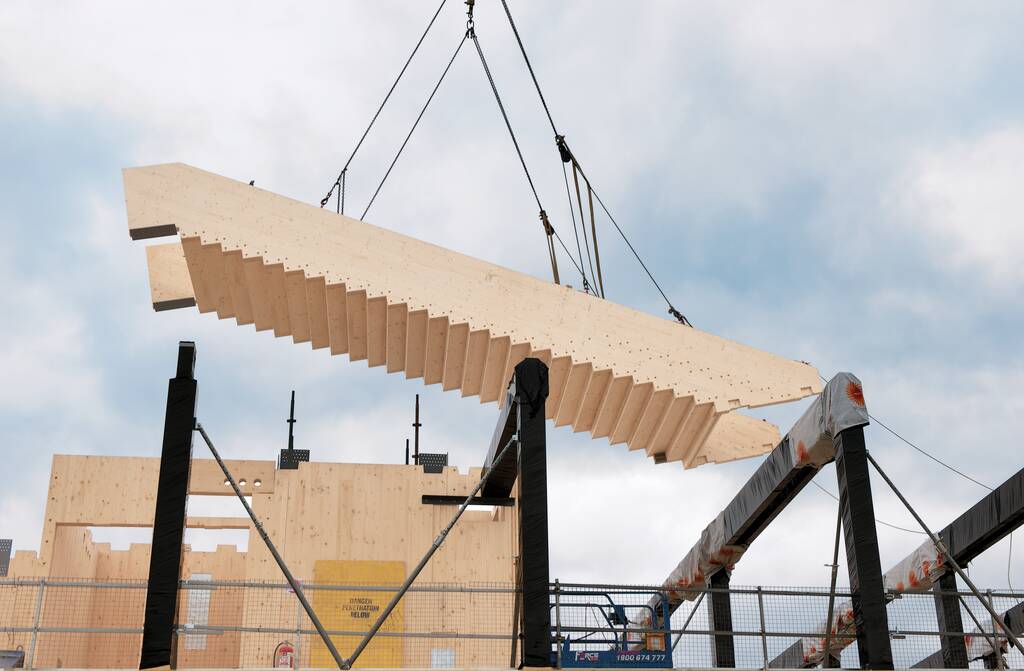Early coordination for timber construction
Building Information Modelling (BIM) is a process by which a highly sophisticated digital representation of a building is collaboratively created by architects, engineers and other construction professionals.
BIM expands upon the previous digital advancements of CAD, which already increase the efficiency of drawing updates and facilitate spatial visualisation, to create a 3D model comprising components which not only contain 3D geometry but also information pertaining to a components function, performance and relationships, all of which automatically updates across myriad predefined outputs whenever a change is made.
Whilst the use of BIM is now commonplace across many types of construction project, for mass timber projects the generation of a shared BIM model by the various different design disciplines can have the added benefit of facilitating the early coordination required for prefabrication of engineered timber components.
In addition, the ease with which data can be extracted and analysed, as well as the ease of scheduling components with shared parameters, can help understand how well aligned to DfMA principles a given design is, by outlining for example the number of repeated and/or unique components. This information should be used to feed back into the process to optimise the design itself, to best capitalise on the benefits of mass timber construction.
Efficient data sharing for manufacture
The information contained within a BIM model can also be more easily shared with, and understood by, other parties. For mass timber buildings, this is namely key for the engineered timber manufacturer(s) who can directly extract geometry and other information from the BIM model for their own manufacturing drawings, increasing efficiency within this process.
Due to the level of information contained within the model, and the collaborative process by which it is developed across disciplines, the margin for error within the information provided to the manufacturer and their consequent specification and manufacturing drawings is typically reduced.
Information about the engineered timber products themselves, such as type of lumber, strength grade and type of glue, can also be fed back into the BIM model to provide additional layers of information which will be beneficial throughout the building’s life. Other information including connection details and assembly instructions can also be shared and added.
Benefits of digital building information long term
The BIM model typically forms the initial basis of a ‘Digital Twin’ which aims to capture the characteristics, behaviour and performance of the corresponding building to facilitate management and maintenance during occupation, help encourage and enable re-use at end of life and inform future projects. As well as the BIM model, the Digital Twin can incorporate data from manufacturers and contractors during construction, and data from sensors and simulations throughout the building’s life.
Whilst there are myriad general advantages to the creation and consistent maintenance of a ‘Digital Twin’, there are specific aspects which are particularly pertinent to mass timber buildings which should be highlighted. Firstly, the integration of sensor / monitoring equipment into a building and incorporation of the data output into the digital twin can be critical in mitigating timber specific risks such as moisture damages. Live information outputs from these sensors can allow issues to be identified and addressed before they become major problems, ultimately reducing costs and increasing safety.
Secondly, as mass timber buildings are componentized and dry assembled they are often well suited to disassembly and re-use at end of life. However, access to information pertaining to a given components initial specification and the environment it has resided within throughout its life, is essential to obtain confidence in its condition and suitability for high quality future uses. Digital Twins have the potential to store and therefore later provide this information, enabling and encouraging re-use.
More about digital twins
What is a digital twin? (IBM.com)
Take BIM Processes to the next level with Digital Twins (buildingSMART International)



